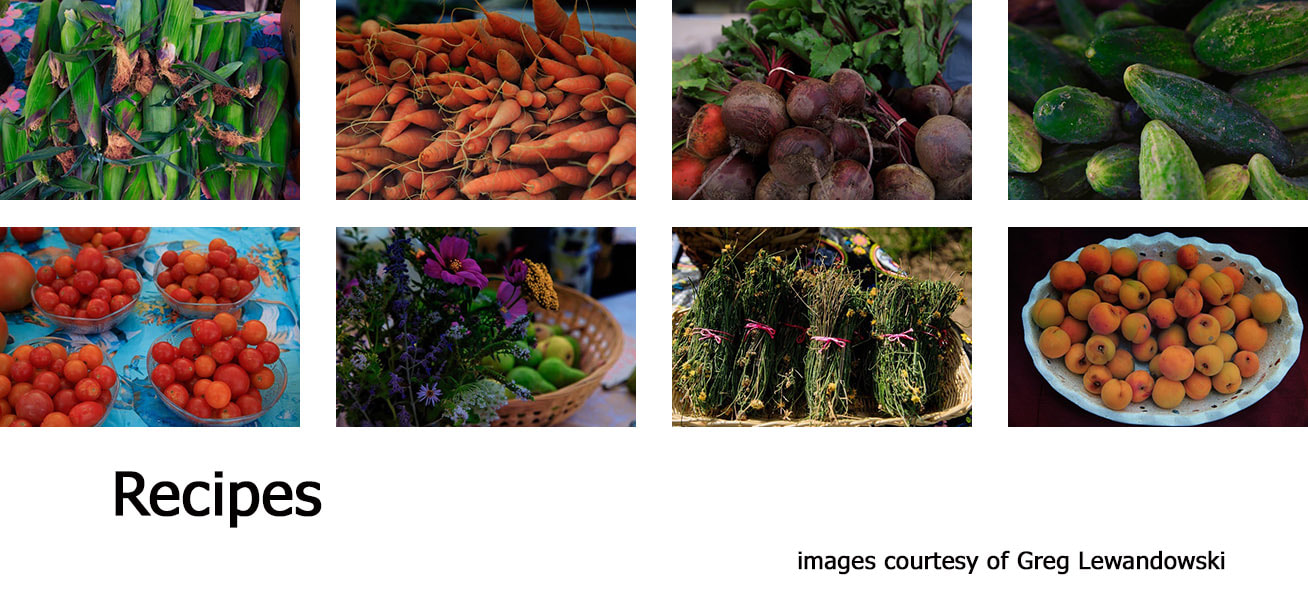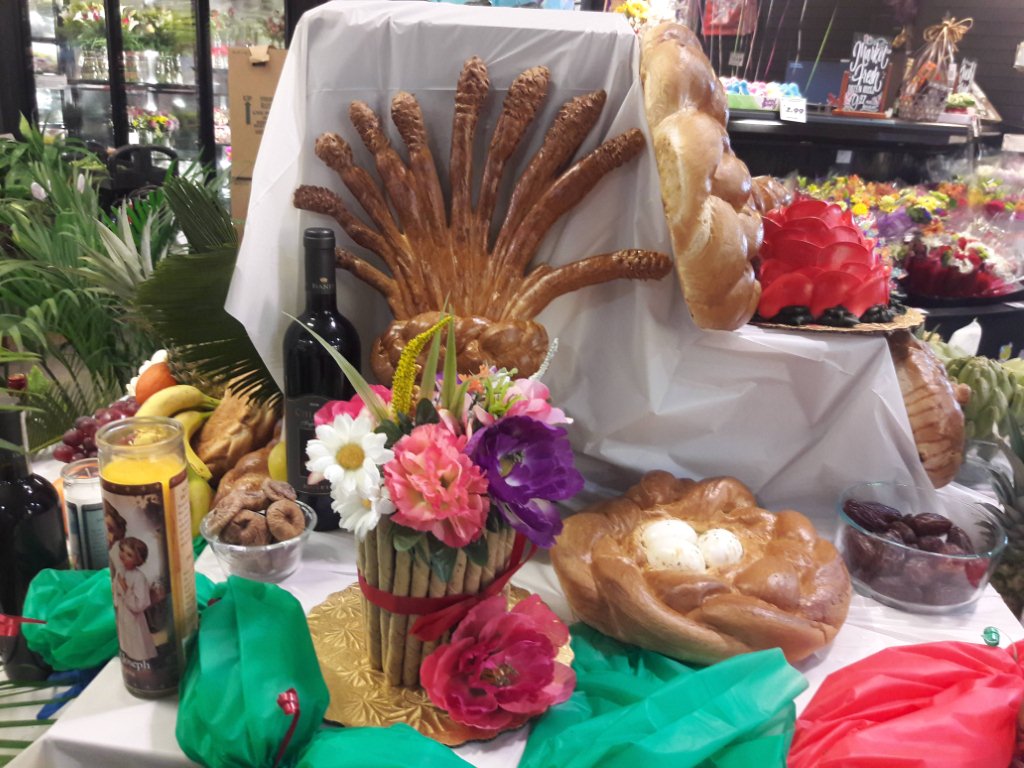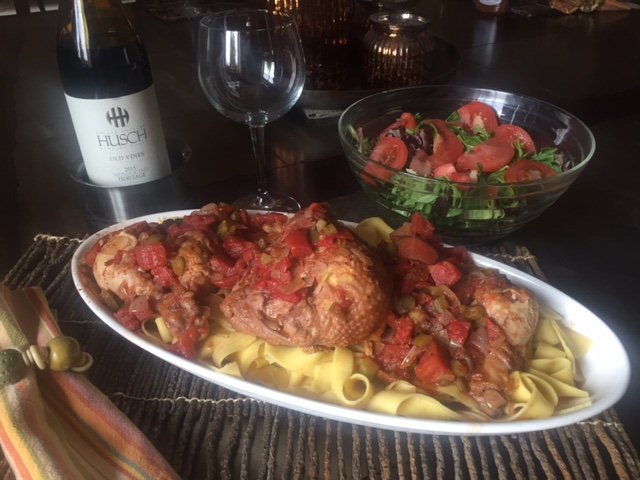|
St. Joseph’s Feast Day, March 19, is celebrated all over the world but probably most enthusiastically in Italy, especially Sicily, and in Italian-American enclaves in the United States. A wonderful custom started centuries ago when sailors returning to Sicily from the mainland were overtaken by a fierce storm. The sailors prayed to St. Joseph that if he helped them reach shore safely, they would gratefully prepare and share a large feast in his honor. St. Joseph did his part, and the sailors did theirs. To this day, people of Italian descent prepare elaborate St. Joseph’s tables for favors granted by their saint. I attended one such feast at St. Peter’s Church in Chicago’s downtown Loop. The hosts set up a separate table for seating twelve children in imitation of the twelve apostles. Strangers were invited in off the street outside to help themselves to some of the food, which kept being replenished. St. Joseph’s tables (generally meatless) usually have lavish displays of flowers, fruits, especially oranges, and breads shaped into religious symbols. In New Orleans, home to a sizable population of Sicilian descendants, the Rouse chain of grocery stores sets up a ‘display’ St. Joseph’s table in some of its stores. To honor St. Joseph in a simpler fashion, I offer this easy recipe for Chicken Cacciatore. The Italian word Cacciatore means ‘hunter’ as this dish originated with hunters who could cook it easily outdoors. It probably was made with rabbit rather than chicken as hunters could snare them while hunting for larger game. Wild herbs for seasoning were readily available. Originally, this stew-like one-pot meal did not have tomatoes as they had not yet been imported from the New World—which makes this dish akin to Hungarian Goulash, also a hunters’ meal, which also originally was not made with tomatoes for the same reason. Wear red for St. Joseph as you cook and eat this meal. EnJOY A New Mexico acquaintance told me she had a new friend who was building an horno for her. While he was mudding the structure, he told her of a dish—Chicken Cacciatore—he enjoyed eating while growing up in a family of Italian descent, but he had no idea how to make it. I also remember eating this dish in Chicago’s Italian neighborhoods but had never made it. “Do you have a recipe for this dish?” she asked. “I would like to make it for my friend.” I checked all of my Italian cookbooks to no avail, leading me to conclude that this is an Italian-American dish. Further research, however, indicated that this dish did indeed originate in Italy—with hunters. Finally, I found two recipes—one from Time-Life cookbook and one from Woman’s Day Encyclopedia of Cookery—and combined the best of both to develop this delicious version.
0 Comments
images courtesy of Iren Schio This month, EnJOY features two recipes to honor two saints: Irish Coffee to celebrate St. Patrick’s Day, March 17, and Italian-style Chicken Cacciatore to celebrate St. Joseph’s Day, March 19—with the two recipes appearing in separate weeks. I had the pleasure of growing up on Chicago’s immigrant southside (yes, one word) with many Irish neighbors, who attended St. Cecilia’s Church and School, while my Austrian compatriots attended St. George’s Church and School, and we got along well. The lilt of Irish brogues contrasted with the heavier accent of German speakers. The Irish loved the corned beef my Father brined in our store before St. Patrick’s Day and put in their orders early for their brisket. Mounds of cabbage and overflowing bins of potatoes were at the ready for our customers. As in all large cities around the globe, Chicago annually mounts a big parade downtown after dyeing the dark Chicago River a bright luminous green, but the southside Irish hold a separate parade on a separate day as some people, especially politicians, participate in both—all wearing the green. While at this time of the year, newspapers and magazines feature recipes for Irish food, I want to present to you the authentic original recipe for and history of Irish Coffee. EnJOY Here are two recipes for Irish Coffee. One is a poem, and the other a hot libation—perfect for celebrating St. Patrick’s Day, March 17. Both versions were created by the same individual, Joe Sheridan, chef at a restaurant at the Foynes airbase outside of Limerick, Ireland (replaced since by Shannon International Airport). In the mid-1930s, it was decided by the US and Canada that all eastbound transatlantic flights would terminate at Foynes, which could handle water landings of heavy flying boats. In 1942, a westbound flight destined for New York had to return to Foynes because a winter storm developed in the North Atlantic. To warm the disheartened passengers, Joe Sheridan served them Irish Coffee. As is well known, the Irish are a poetic people as evidenced by their literature and music, so it makes perfect sense for a chef to create a poem to help people remember the ingredients of his simple yet satisfying hot libation. FIRST, Joe Sheridan’s poem. . .
NOW, Joe Sheridan’s hot libation. . .
Toast like the Irish: Slainte (health - say slawn-che) — EnJOY
|





 RSS Feed
RSS Feed